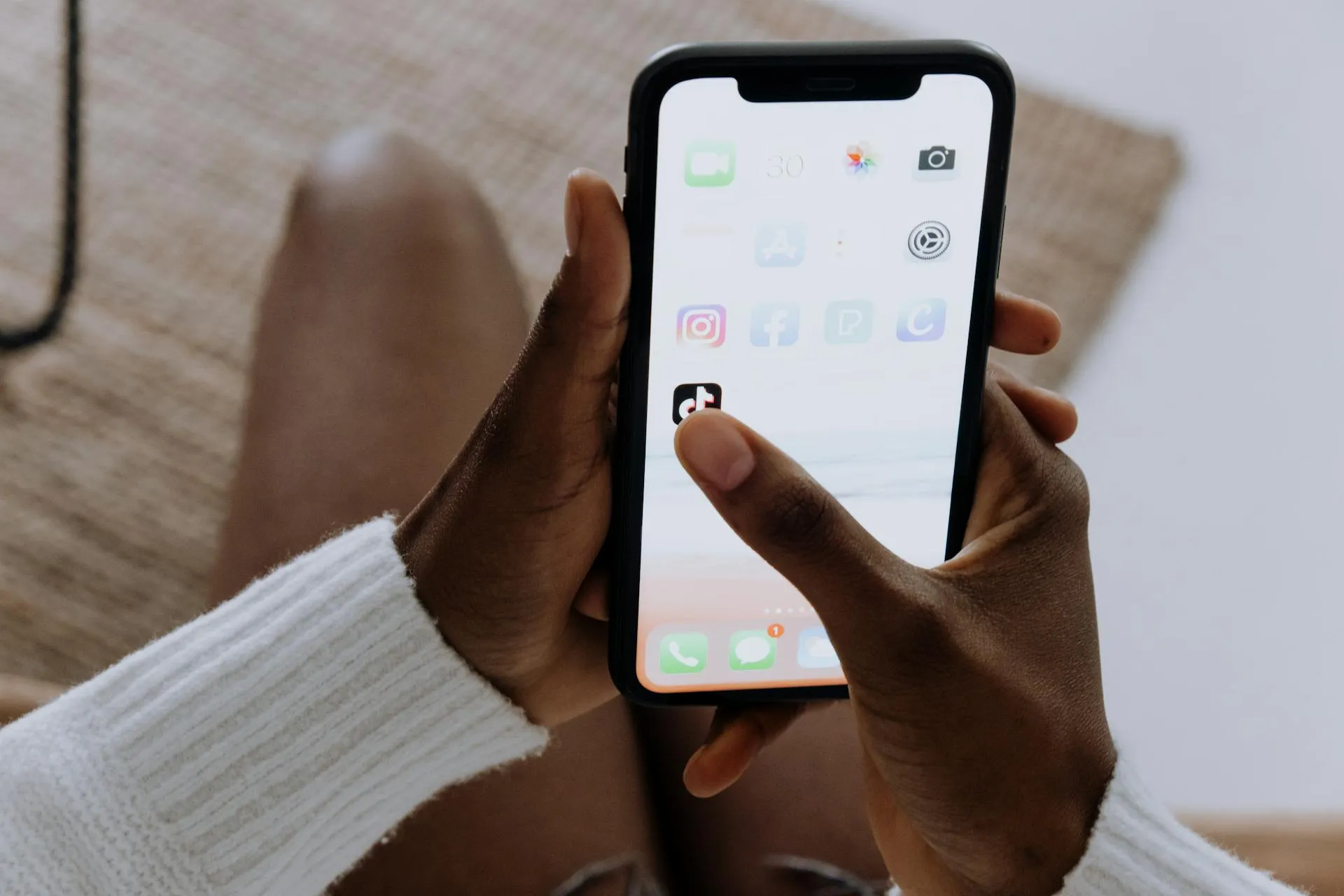TikTok has introduced a novel digital-well-being initiative, offering badges to users who reduce their “doomscrolling” time. This move marks a strategic shift in how social platforms address user engagement and mental-health risks. Engagement-driven platforms like TikTok are under pressure to show that time spent isn’t simply endless scrolling of stressful or negative content.
As of November 18, 2025, the badge-reward feature is live. With attention-economy concerns escalating, TikTok seeks to reward mindful usage rather than just maximize hours. For industry watchers, this signals both a reputation play and a potential shift in monetisable metrics.

Trend: Platform Incentives for Healthy Use
Why Tech Companies Are Incentivising Breaks
Major platforms now recognise that time-on-platform alone is not the only or even best metric for long-term success. Research shows excessive scrolling correlates with sleep disruption, anxiety, and attention fatigue. The term “doomscrolling” itself, continuous consumption of negative or anxiety-inducing content, entered mainstream use during the COVID-19 pandemic.
By rewarding users who limit usage, TikTok is aligning with broader tech trends toward “digital well-being” features. This approach also helps pre-empt regulatory risk around screen addiction and youth safety. Over time, platforms may shift from raw usage metrics to “healthy engagement” as a differentiator.
Badges and Gamification as Behavioural Tools
The new badge system on TikTok turns responsible usage into a game-like reward. According to coverage, TikTok will issue in-app recognition to accounts that successfully limit repetitive, prolonged viewing sessions. (Note: full rollout details and badge criteria remain evolving.)
Gamification of behaviour change is well established in other domains, such as fitness and finance apps. In the context of social media, the badge acts as a visible signal of self-control, which may appeal to younger users and public image-conscious creators.
This minor feature could have an outsized impact on user retention and brand perception. For the industry, it suggests a shift from purely retention-driven design toward mixed metrics, including “time well spent”.
Application: How the TikTok Badge Feature Works and Impacts
TikTok Feature Details and Practical Roll-out
TikTok’s badge-reward system works by tracking individual viewing time or session frequency, then awarding a badge when a user reduces usage below a set threshold (specific numbers vary by region). The badge appears in the user’s profile, signalling their digital well-being commitment.
For now, this is rolling out in selected markets; full global deployment likely depends on regional regulatory and UX testing. In practice, users might see “Congratulations – you’ve earned the Balanced Viewer badge” after a week of session-length reduction. This feature builds on earlier TikTok tools, such as default 60-minute screen time limits for teen accounts.
Industry Implications for Creators and Advertisers
For creators and advertisers, the badge feature introduces both an opportunity and a nuance. Creators may promote their badge-earning status as part of a responsible brand identity, increasing trust among followers and sponsors. Advertisers may favour creators who demonstrate moderated usage and deeper audience loyalty over simple mass reach. On the flip side, the platform will need to ensure that the badge system does not reduce usage so much that ad revenue suffers.
The balancing act is delicate: encourage healthy screen habits while maintaining monetisation. The industry takeaway is clear: social platforms are beginning to measure success not just in hours watched but in value delivered and well-being preserved. Don’t miss our recent post about SEO for Business Growth From Garage2global | Scale.
Bottom Line
The introduction of badge-based incentives by TikTok reflects a meaningful shift in how social platforms view user behaviour, and how they communicate social responsibility to both users and regulators. By rewarding reduced doomscrolling rather than endless engagement, the platform sends a message: our product aims to serve your well-being, not just your attention.
For students, creators, and advertisers alike, this change signals that digital-wellbeing credentials may become part of competitive differentiation. Creators might highlight their badge status to build brand trust. Advertisers might favour partners with verified moderate-usage audiences.

